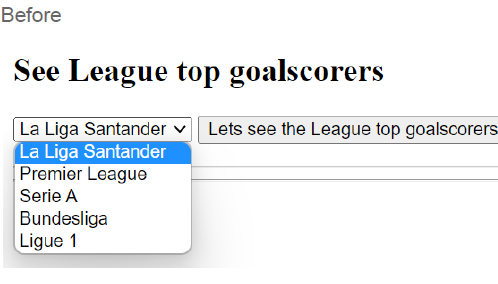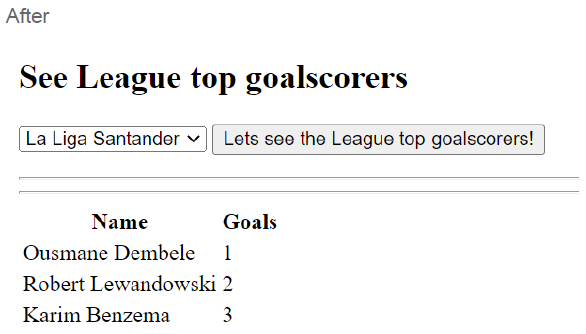Football Data Management with Oracle and SQL
Oracle-based football database with advanced SQL for CRUD operations and complex data aggregations.
This project delves into the heart of football data, constructing a comprehensive relational database management system tailored for in-depth analysis. Oracle, a leading database engine, provides the project’s foundation, ensuring efficient data storage, retrieval, and manipulation for building a rich football data repository. The user interface and backend logic leverage Java and PHP, offering a user-friendly experience for data interaction and exploration.
Entity-Relationship Modeling
Underpinning the project’s functionality lies a meticulously designed Entity-Relationship (ER) diagram.
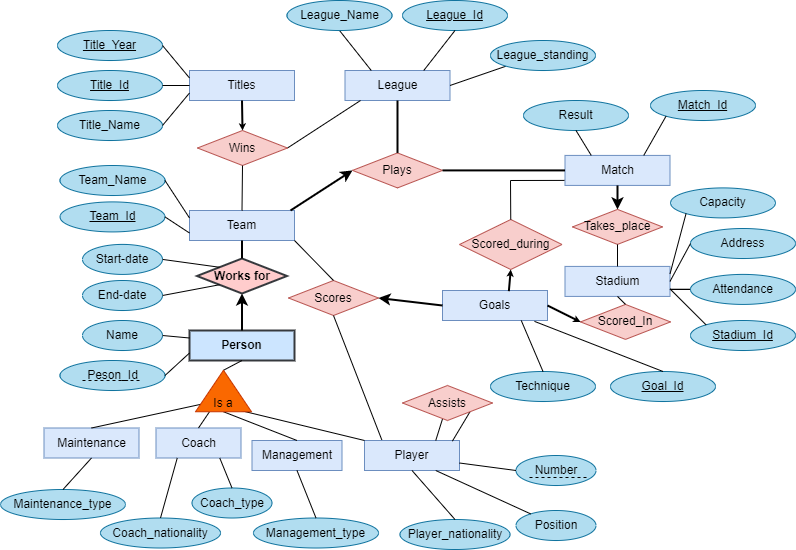
This visual representation serves as the database blueprint, explicitly outlining the various entities within the football domain, such as teams, players, coaches, matches, and stadiums. The relationships between these entities, for instance, “plays for” or “scores,” are clearly defined, providing a comprehensive understanding of the data structure. Furthermore, cardinalities, specifying the number of occurrences within a relationship (e.g., one player playing for one team at a time), and key constraints, guaranteeing unique identification of each entity within a table (e.g., a player’s unique ID), are meticulously specified within the diagram. This meticulous approach ensures data integrity and facilitates efficient querying by the user interface and underlying SQL statements.
Building the Database with SQL
Leveraging the insights gathered from the ER diagram, the project utilizes Structured Query Language (SQL) to construct the database schema within Oracle. SQL, a powerful and standardized language specifically designed for interacting with relational databases, empowers the project to create all the necessary data tables within the Oracle database.
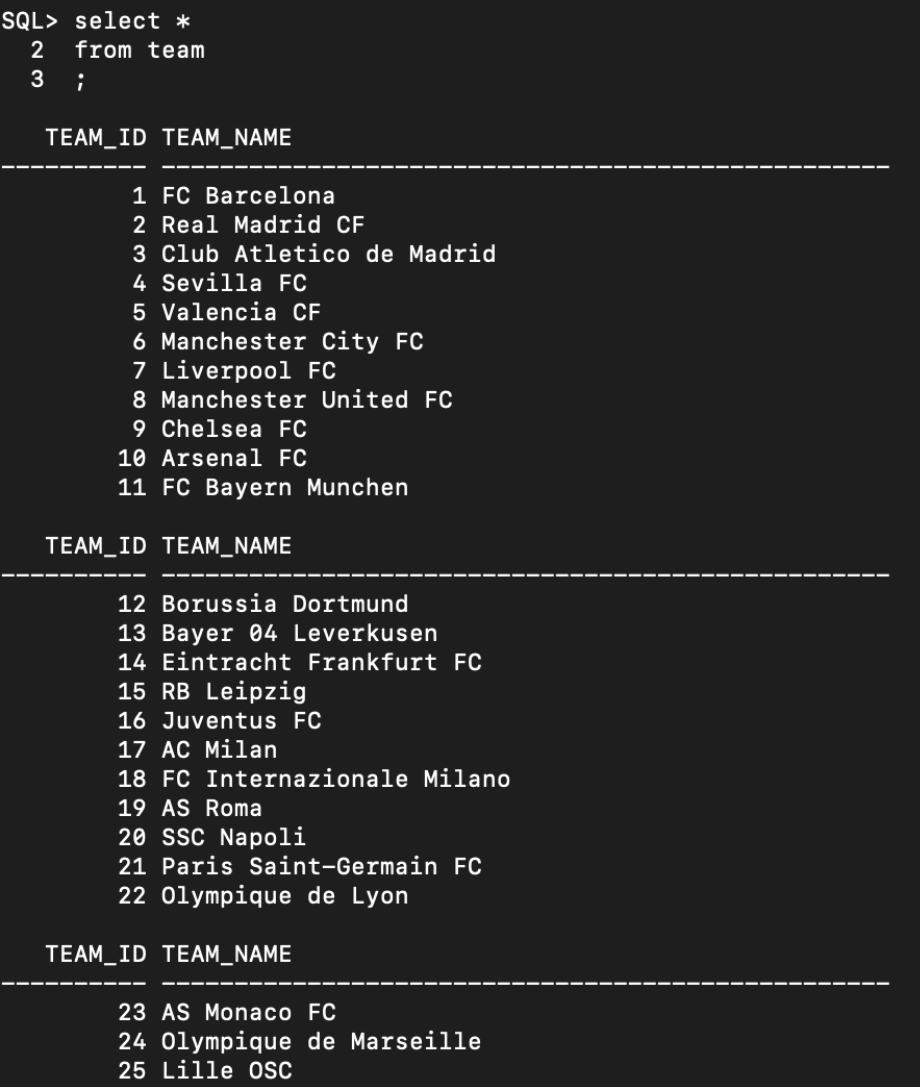
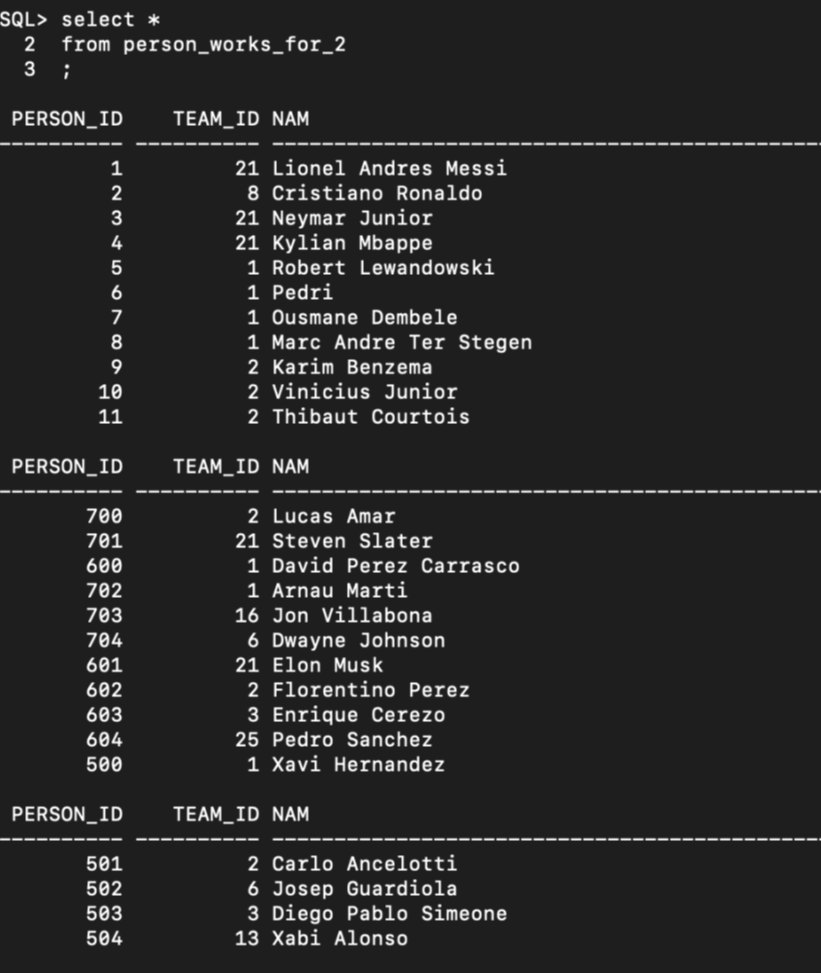
These tables serve as the foundation for storing and organizing information about teams, players, leagues, matches, goals, and other relevant entities pertinent to the football domain. Furthermore, the project adheres to best practices for data integrity by implementing appropriate data types, primary and foreign keys to enforce relationships between tables, and constraints to ensure data validity.
User-Friendly Interface for Data Retrieval
This project transcends a simple data repository by providing a user-friendly interface for interacting with the football data and conducting in-depth analyses. Designed with accessibility in mind, the interface caters to users of varying technical backgrounds. The main menu offers a clear and concise layout, presenting a range of functionalities categorized for intuitive navigation.
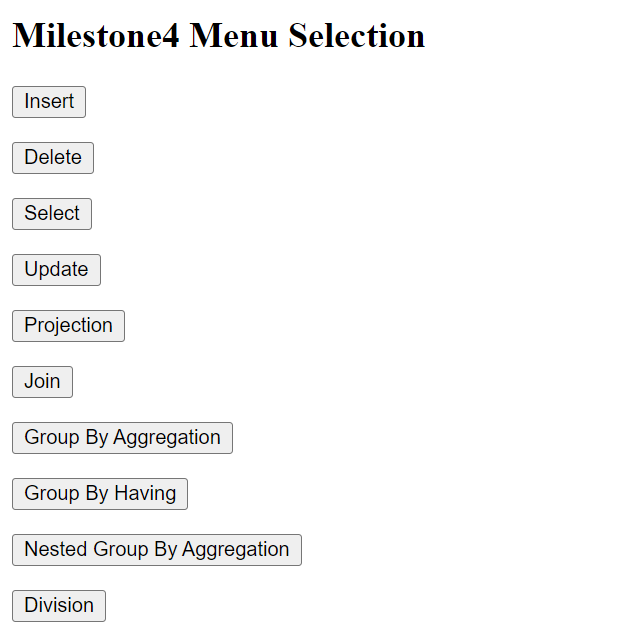
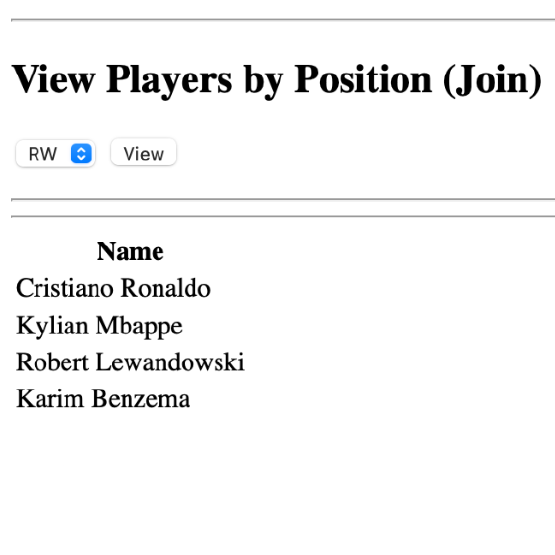
At its core, the interface offers the fundamental CRUD (Create, Read, Update, Delete) operations on the data tables. These operations empower users to maintain data integrity by adding new teams, updating existing information, deleting outdated data, and retrieving specific player or team details. But the true power lies in the ability to perform advanced data exploration using SQL queries. The interface extends functionality beyond basic operations, allowing users to leverage joins (combining data from multiple tables based on defined relationships), aggregations (grouping and summarizing data) with and without filtering, and even nested aggregations (multi-level grouping) for complex analyses. Imagine a user exploring historical trends in player performance by combining player and match tables through a join operation, or identifying top scorers within a specific league using a nested aggregation – all facilitated by the intuitive interface.
Seamless Integration
The PHP and Java user interface seamlessly connects to the Oracle database. This ensures users see immediate updates whenever they interact with the features. Carefully written code translates user actions into specific SQL queries. These queries interact with the database, manipulating and retrieving data as needed. For example, clicking “Show all players of each Nationality” triggers a simple “Select” query to fetch player names and nationalities. A more complex scenario, like finding top scorers in a league, involves a more intricate “Nested Group By Aggregate” query. This query joins multiple tables (player, goal, etc.) and uses nested grouping to deliver the desired results. The user interface then displays these results, giving users immediate feedback and insights from the football data.
